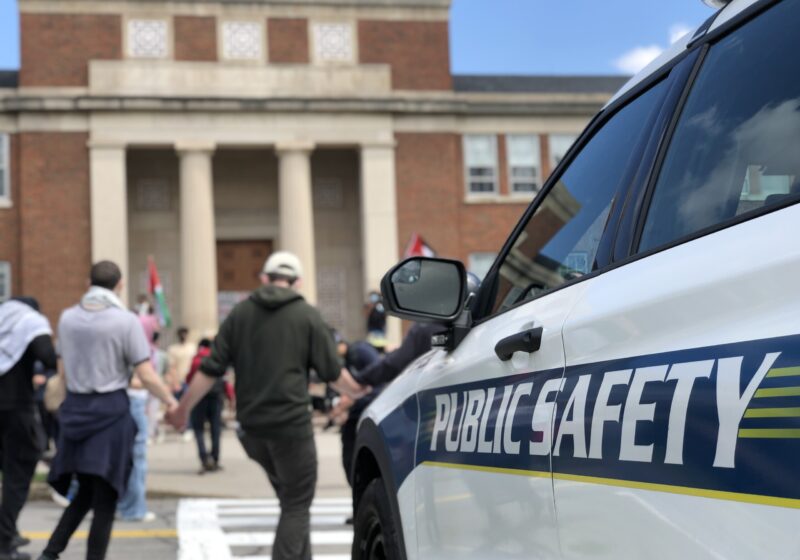The National Nuclear Security Association (NNSA) confirmed on Wednesday, Nov. 21 the approval of a five-year contract to continue its funding of UR’s Laboratory for Laser Energetics (LLE). According to the press release last Wednesday that announced the contract’s renewal, the NNSA has agreed to donate $351 million to LLE to help the lab continue its research over the course of the next five years.
Founded in 1970, LLE has spent years studying, through research and experimentation, the effectiveness of inertial confinement fusion (ICF), a promising new energy source with the potential to provide unlimited and nonpolluting energy in the future. The lab has since become a prominent facility containing some of the world’s most powerful lasers and is currently an international leader in technological advances, a major contributor to the economy of western New York, as well as an asset to UR that has helped the University gain recognition as one of the nation’s most renowned private research universities.
“LLE is an absolutely unique resource not found at any other American university, and it has brought us unparalleled recognition,” UR Provost Ralph Kuncl said in the press release.
The NNSA, an agency in the U.S. Department of Energy that runs the United States nuclear weapons stockpile, has been one of the leading financial contributors to LLE since it was first established in 2000. The NNSA took over the Department of Energy’s funding of the lab because of LLE’s contributions to the association’s goal “to maintain and enhance the safety, reliability, and performance of the United States nuclear weapons stockpile, including the ability to design, produce, and test, in order to meet national security requirements,” as stated on the NNSA Web site.
Powerful lasers such as LLE’s OMEGA laser are used to simulate situations close to that of a nuclear explosion and thus safely carry out experiments on high energy density physics and nuclear weapons.
LLE is also a partner in the National Ignition Facility Program, a laser that is scheduled to begin experimentation to enhance the safety of nuclear testing in 2010.
Because the NNSA renewed its contract, the hundreds of employees of LLE will now be able to continue their research of ICF, along with the numerous graduate and undergraduate students who work and conduct research at the lab.
Laboratory Director Robert McCrory said in the press release that “more than 190 Ph.D. recipients trained at the Laboratory, many of whom have gone on to work in national laboratories and private industry.” Due to this, LLE has been a major advantage to the University’s education of its students as well as ensuring it remains in the forefront of fusion research.
The funds will also be used to complete construction on LLE’s OMEGA EP laser, a new laser that, once completed in 2008, will be the strongest in the world. The current OMEGA laser is used to produce energy for fractions of a second at a time that is 100 times more powerful than all of the electricity produced in the United States, and the OMEGA EP laser will be 50 times as powerful as OMEGA, according to the press release, allowing ICF to be studied better than ever before.
According to McCrory, however, the funds are not entirely guaranteed because Congress has to annually approve the NNSA’s spending.
“Our proposal is for $351 million,” McCrory said. “NNSA has accepted that. At the present time, out-year budget estimates for the NNSA are less than NNSA desires [and] changes annually. The contract is for the full amount, pending availability of funding. Funding is appropriated annually by the Congress.”
But he also stated that receiving the expected $351 million would probably not be a problem because it never has been in the past.
“The Laser Lab is important to Rochester’s economy, it’s important to our national security and it’s important to the nation’s scientific community,” U.S. Senator Charles Schumer said in the press release. The NNSA’s continual funding will provide the support needed for the lab to remain an asset to the area’s economy, to the advancement in research of ICP and to the University.
Lombardo is a member of the class of 2010.

